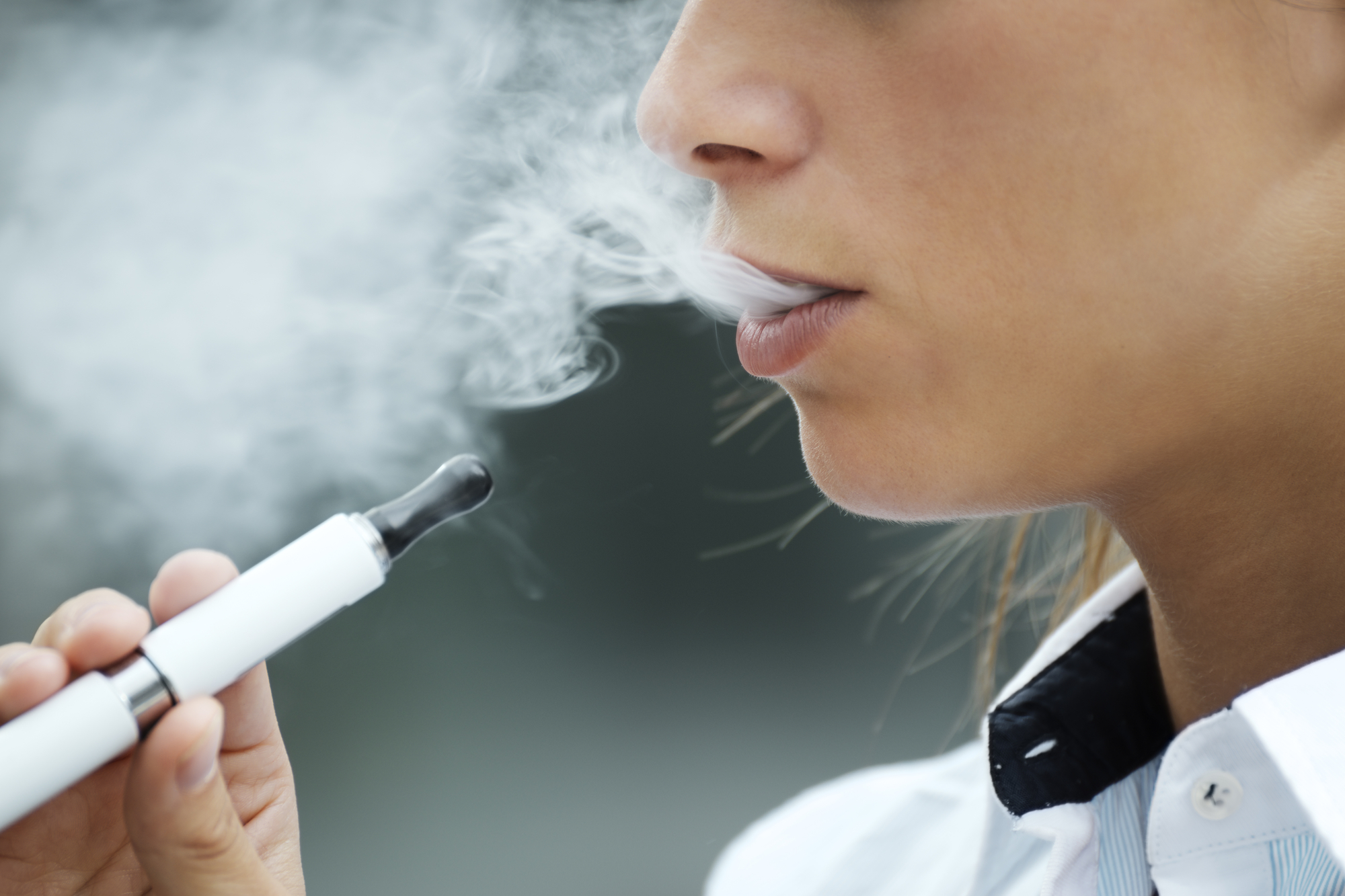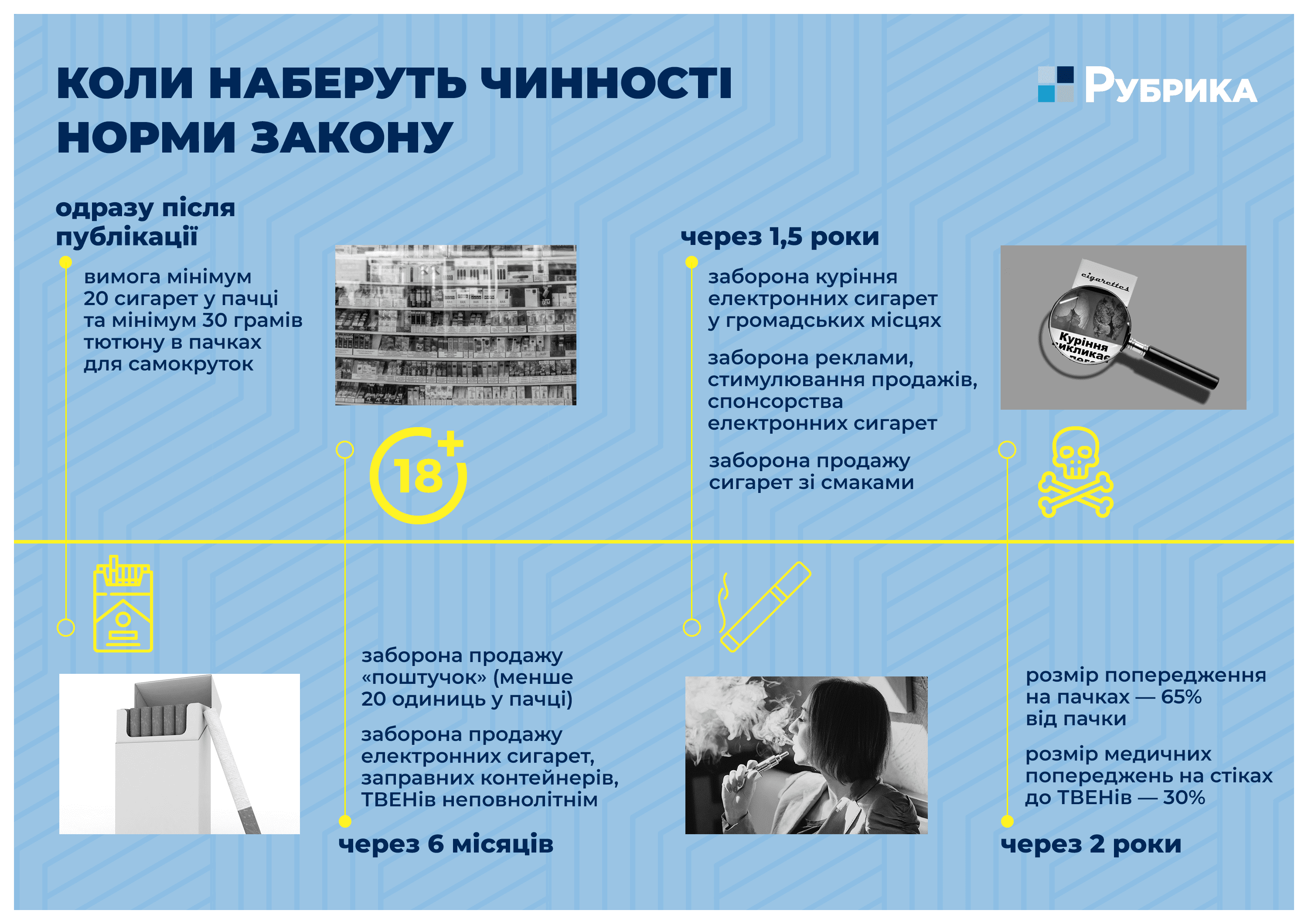
"Reach for Lucky instead of sweets" is cigarette advertising that once helped increase sales of cigarettes with this name by 200%. It was focused on women and hinted that cigarettes allegedly help to lose weight. It turned out to be a manipulation, but who considered it.
After this advertising, the number of girls aged 18-21 who smoked tripled from 1925 to 1939. The goal of the tobacco company was achieved.
And while in the last century, tobacco growers have been actively trying to engage women in smoking, in recent years, with the advent of new smoking products such as heated tobacco products (HTPs) and e-cigarettes, tobacco companies are marketing their efforts to young people and adolescents.
It's confirmed by research. For example, researchers at Stanford University analyzed an advertisement of 2015-2018 by one of the largest e-cigarette sellers, JUUL, and concluded that it had become "clearly youth-oriented."
Tobacco companies have come up with cigarettes in the form of stylish gadgets with a variety of flavors and tastes, which are served as a safe alternative to smoking. Although it's manipulation since the WHO website states that "all forms of tobacco are harmful and there's no safe level of exposure to tobacco."
As a result of this campaign, one in five teenagers in Ukraine smokes e-cigarettes.

In kindergarten, the parliamentary hall, and the minister's office
Paradoxically, while smoking traditional cigarettes in Ukraine is banned in public places, restrictions on advertising and other measures that reduce the prevalence of smoking are operating, for newer cigarettes, there is no such regulation at all.
E-cigarettes don't fit under the comprehensive anti-tobacco legislation adopted in 2012. The only changes are that from January 1 this year, the Verkhovna Rada banned the sale of electronic cigarettes to minors. However, secondhand smoke is no less harmful.
Draft Law №354358, which was supposed to change this, was registered in the Verkhovna Rada only at the end of last year. In June, it was adopted in the first reading.
One of the initiators of the draft law, Lada Bulakh, emphasizes that the anti-tobacco legislation currently in force in Ukraine was last updated almost 10 years ago.
"The last changes took place in 2012. At that time, they were progressive. We've finally banned smoking in public places. But then there were no new tobacco products and electronic cigarettes. That's why the biggest gap is the lack of regulation of these tobacco products."
These products appeared on the market much later. The so-called third generation of electronic cigarettes began to be actively distributed in 2014.
"Today, they (e-cigarettes – ed.) can be smoked in kindergarten, the parliament hall, and even the Minister of Health smokes an e-cigarette in his office with visitors and isn't ashamed of it. There's a misconception that electronic devices aren't cigarettes, and they're not so harmful. But in reality, it's not the case. Electronic cigarettes evaporate very harmful substances that are detrimental to the environment. The WHO says that it is electronic smoking devices that produce by-products of aerosols, releasing solid particles that stop in the mucous membrane and then enter the bloodstream," explains Olha Stefanyshyna, co-author of the comprehensive anti-tobacco draft law №4358.
Norms, "lost" on the way to the session hall
Now the document has been finalized in the committees and it's awaiting consideration in the second reading. During the committee considerations, it underwent some changes under the pressure of tobacco lobbyists, although it remains progressive.
"If you look at the first version of the draft law, which I registered, and compare it with the final, fourth edition, many things have disappeared in the draft law. The implementation of some norms has been postponed in the transitional provisions to 2023. But it's still better than no change at all," said Lada Bulakh.
For example, in the initial version of the draft law, there was a norm to introduce standardized packaging for tobacco products. In 2012, this decision was made in Australia, which became the first country in the world to introduce standardized packaging. As of 2020, 15 more countries have adopted Australia's practices.
The main idea is to ban the use of logos and colorful designs on cigarette packaging.
The new packaging format in the countries where it was introduced is reminiscent of the "military" style of inconspicuous olive color. The name of the cigarettes is printed in a standardized font.
"It's not a requirement of the European Directive (Directive 2014/40 / EU – ed.), it was the key argument of opponents. De jure, they're right. But several progressive countries have long introduced such measures. I was recently in Brussels (Belgium, ed.) and cigarettes of the same dark green color are sold everywhere, without any branded inscriptions and with huge photos of the effects of smoking. I didn't want to repeat a long way of European countries, but to immediately implement, in my opinion, great practice, because a smoker sees this pack up to 20 times a day and it encourages at least to think about the consequences and look for a way out of this disease," said the deputy.
When considering the draft law, lobbyists of the tobacco business tried, if not to repeal certain rules, then significantly delay their implementation. The entire law should enter into force only eighteen months after its adoption. Some provisions will do in two years.
Lada Bulakh gives an example of such a postponement: the requirement to increase the size of medical warnings to 65% of the pack size, and up to 30% (now, it's 23%) on HTPs' sticks, will be implemented 2 years after the law's adoption.
It was argued that the industry should restructure production, reconfigure equipment.
In the first version of the draft law, the authors proposed to put the same medical warnings about the dangers of smoking on the packaging of smokeless tobacco products (HTPs) as on regular cigarettes. It was about increasing the size of medical warnings on the pack to 65% and one of the 14 versions of the inscriptions about the diseases caused by smoking.
But in the final version of the document, which reached the second reading, there was only one warning: "This tobacco product is harmful to your health and addictive." Its size is proposed to be limited to 30% of the surface of the pack.
"The only rule that I managed to dispute from the first reading to the final version of the draft law is the introduction of a ban on smoking all types of cigarettes in public places 6 months after the signing of the law by the President," said the author of the draft law.
The first version of the document also contained a rule banning fragrances for e-cigarettes and HTPs.
Tobacco companies specifically use flavors that give nicotine-containing products a pleasant taste and smell that attracts more young people to smoke. It's especially dangerous for teenagers because they're sold poison under an attractive appearance with a variety of tastes.
But the ban on flavorings for new cigarettes was removed at the initiative of a member of the committee on the nation's health, medical care, and health insurance.
"I don't know what happened, but at a committee meeting, my colleague Artem Dubnov didn't agree with this rule during the consideration of amendments after the first reading and said that it was unfair to business. He argued that the EU Directive didn't explicitly prohibit the flavoring of e-cigarettes. Of the 10 members of the committee, present at the meeting, 5 were in favor and 5 were against. After the re-vote, the majority voted for so-called 'justice to the business' and not for justice to our children, among whom e-cigarette use has increased to 20% in recent years," said Lada Bulakh.
The deputy adds that the decision of the committee isn't yet final and during the voting, this amendment can be made directly in the session hall by vote.
"It's not the end of this war. During the voting, I'm sure that one of my colleagues will confirm this amendment and I very much hope that there will be enough votes in the hall to cancel it," the deputy said.
In general, she notes the active work of tobacco business lobbyists in various fields and the lack of interest in anti-tobacco legislation in civil society.
"It's a shame to me that as the defense of the tobacco industry, each committee received letters with, to put it mildly, strange proposals, either directly through people's deputies or through letters from, for instance, the Association of Cities and the European Business Association. For example, that draft law №4358 cannot be adopted, because it will reduce tobacco sales, and because a certain percentage of the excise tax remains in place, and it will worsen budget expenditures. Such lobbying in favor of the tobacco industry is ongoing," Lada Bulakh emphasizes.
Oksana Dmytriieva, the co-author of the draft law, believes that many important norms were taken into account in the final version of the document. Other things can be introduced in the form of changes to the law.
"In the draft law, we've banned flavored additives for cigarettes, because it first attracts the attention of children. But we've not yet fully settled this issue for all tobacco products, because there's no ban on the flavoring of HTPs; something needs to be done about it. We didn't ban displaying cigarettes in shop windows. But beautiful packaging also attracts the attention of children. It's something we can change in the next law," the deputy said.

Higher excise duty means lower demand
Another important issue that often has a significant impact on people's choices about smoking is the cost of cigarettes. This is especially true for teenagers, because the more expensive tobacco products are, the fewer young people will afford them.
Although cigarettes cost less in our country than in most European countries, the excise policy is quite strict. The Tax Code was amended three years ago, according to which excise duties on tobacco products are increased by 20% annually for seven years until the rates are equal to those in the European Union.
The excise tax rate in 2021 is UAH 1,456.33 per 1,000 units. That is, UAH 29 of the cost of a pack of cigarettes is excise duty. In 2024, the excise tax will be 2516.54 UAH per 1 thousand units; 63 UAH from the cost of a pack of cigarettes.
"I wouldn't review the system of raising excise taxes that exist in Ukraine. By 2025, we must be equal in taxation with the European Community. I wouldn't change this schedule in any way," said Danylo Hetmantsev, Chairperson of the Verkhovna Rada Committee on Finance, Tax and Customs Policy.
Another important step was the increase in the excise tax rate on heated tobacco products to 4 times at once from January 2021.
The excise duty on HTPs has equaled the excise duty on traditional cigarettes and will continue to grow until 2024. The tax rate on liquids for electronic cigarettes is also set at UAH 3,000 per liter.
"This decision is correct, timely, and in the interests of the people of Ukraine. In the first half of this year, budget revenues increased by UAH 5.2 billion only due to the increase in the excise tax on HTPs," said Danylo Hetmantsev.
Despite significant budget revenues, he admits that, unfortunately, it hasn't affected the prevalence of smoking in Ukraine.
It's expected that the increase in excise duty should intensify the illegal market of tobacco products. However, according to Hetmantsev, there's no shadow market for the new cigarettes in Ukraine at all.
"We have no illegal HTPs. HTPs aren't produced in Ukraine, they're imported from abroad so far by only one manufacturer, Philip Morris. Unfortunately, there's an illegal market for filter cigarettes, and it's growing. And it's a very negative phenomenon. I see the shortcomings of law enforcement agencies here," said the chairperson of the tax committee.
Cigarette tracking system
Directive 2014/40/EU also requires the introduction of a Track & Trace system, which provides for tracking each pack of cigarettes produced in Ukraine. This system is already used in EU countries and allows you to track the path of each pack from producer to end consumer.
In the final version of the draft law, which was submitted to the second reading, there's no provision for a system of tracking cigarette packs. The initiator of the draft law notes that implementing this provision could delay the adoption of the draft law indefinitely.
"Such a requirement is in the Directive, but it's not in my draft law. We added it later, but in the end, we removed it anyway, because it's a complicated norm, it doesn't concern health, but fiscal policy, excise duties, the fight against counterfeiting, and smuggling. This requires the construction of a new traceability system at the level of the Ministry of Finance or the State Food and Consumer Service. That's why I abandoned this norm because it would make the adoption of the draft law even longer," says Lada Bulakh.
She added that she discussed this issue with Danylo Hetmantsev and he proposed to introduce this norm in a separate sectoral draft law.
"It necessitates money, and building a new electronic system is a serious step that requires the desire of at least three stakeholders: us as lawmakers, the Ministry of Finance, and the tobacco industry," she said.

Long-term goals of anti-tobacco policy
The initiator of the anti-tobacco draft law believes that the ultimate goal of public policy in the field of public health should be to ban smoking.
"Any government that cares about the health of its citizens should ban smoking. And some countries are going to do this in the long run, adopting strategic goals of zero tolerance for smoking and equating smoking with illegal forms," said Lada Bulakh, the initiator of the anti-tobacco draft law.
She also adds that it's unlikely to be realized in the next 10 years.
"A completely different generation of deputies should come to the parliament, who think not of temporary benefits, but of great benefits for the people in the future," the deputy is certain.
The primary task of the state in the fight against smoking, according to the co-author of the draft law Oksana Dmytriieva, should be to promote a healthy lifestyle, limit the advertising of tobacco products and explain the consequences of smoking.
"We can't make fewer people smoke, but we can at least prevent more people from smoking. The more we talk about the complications of smoking-related illnesses and healthy living, the more effective it will be. When we remove cigarette advertising, people will pay less attention to it and, accordingly, smoke fewer cigarettes."
Newsletter
Digest of the most interesting news: just about the main thing
















